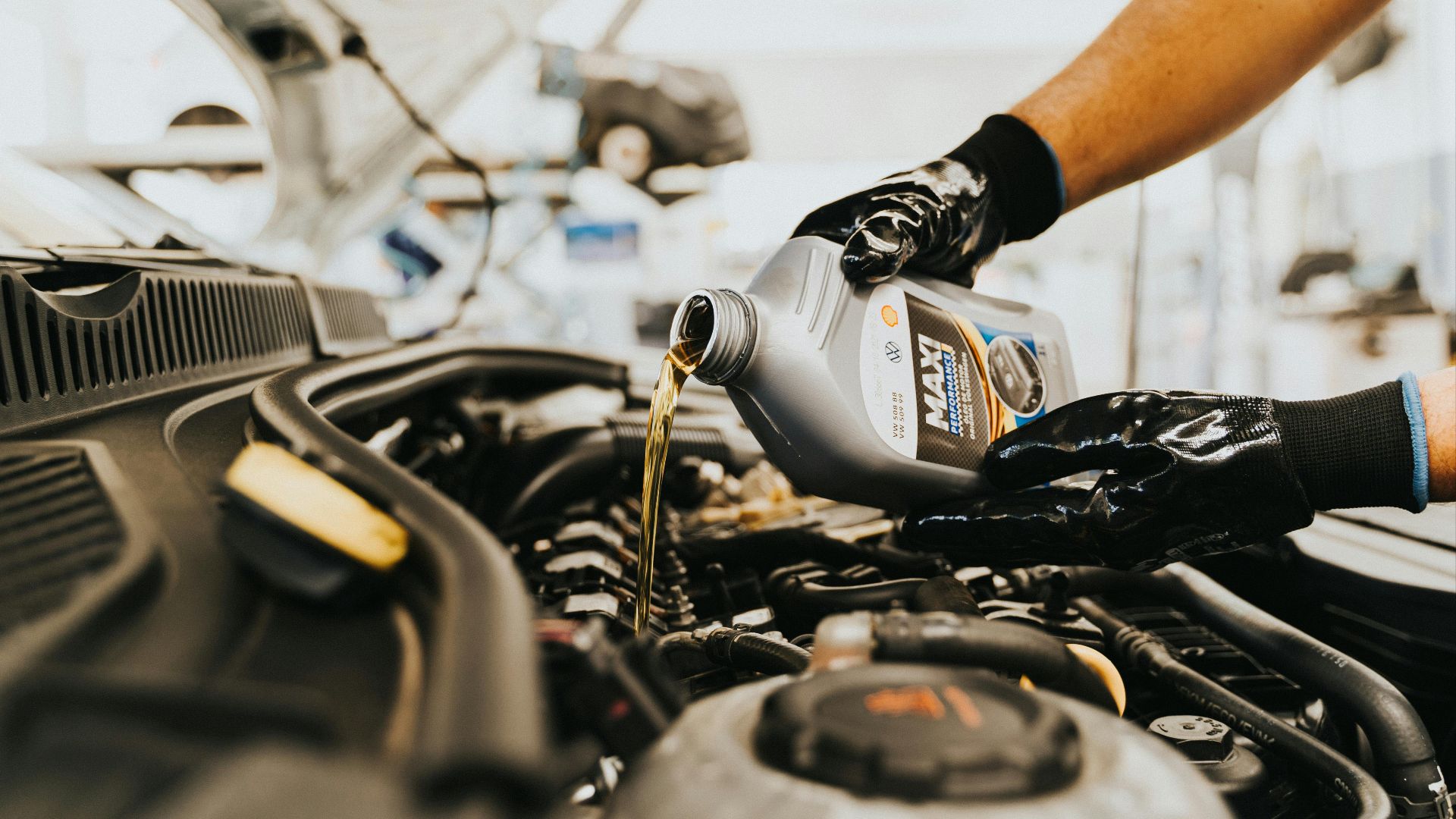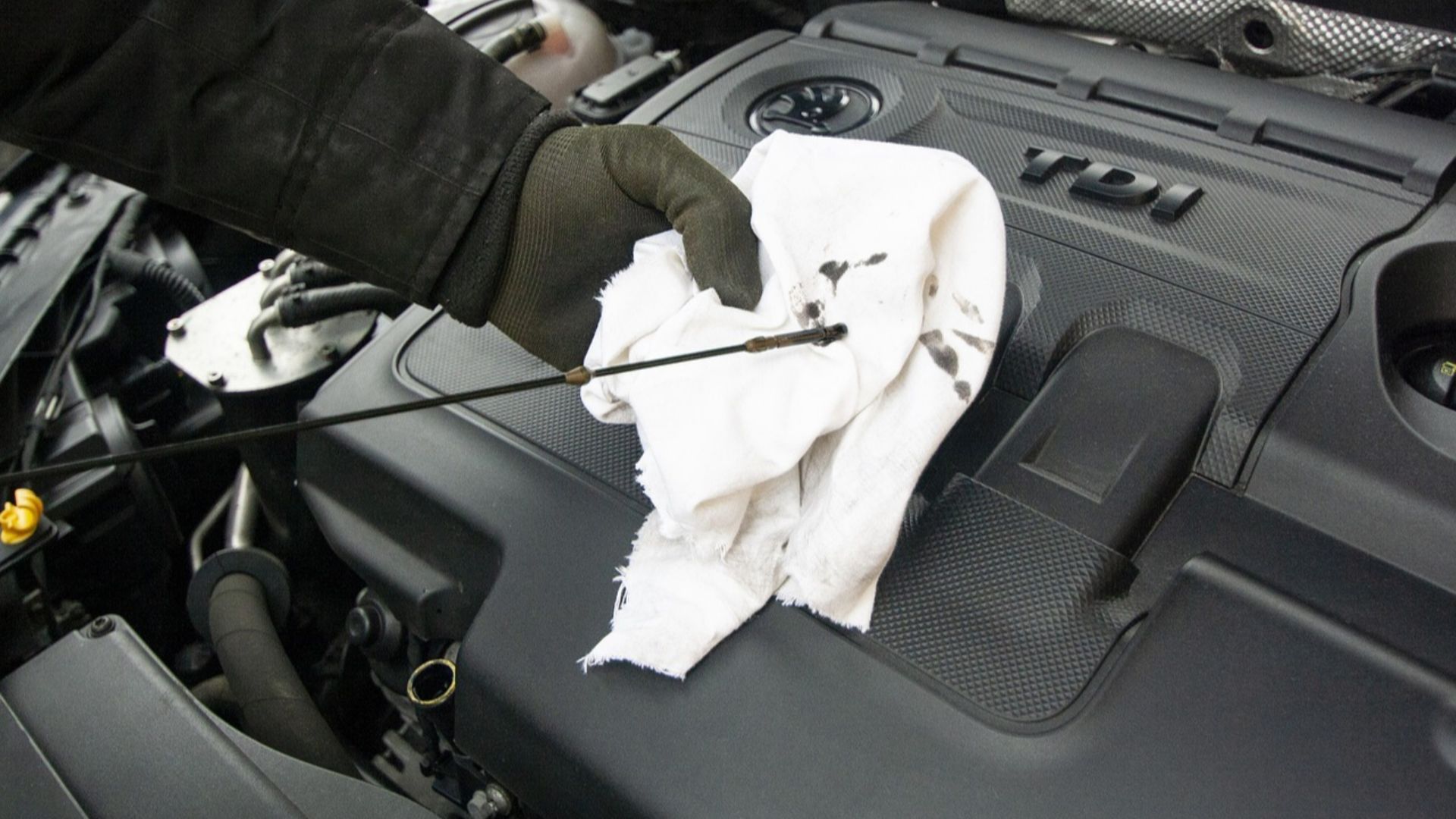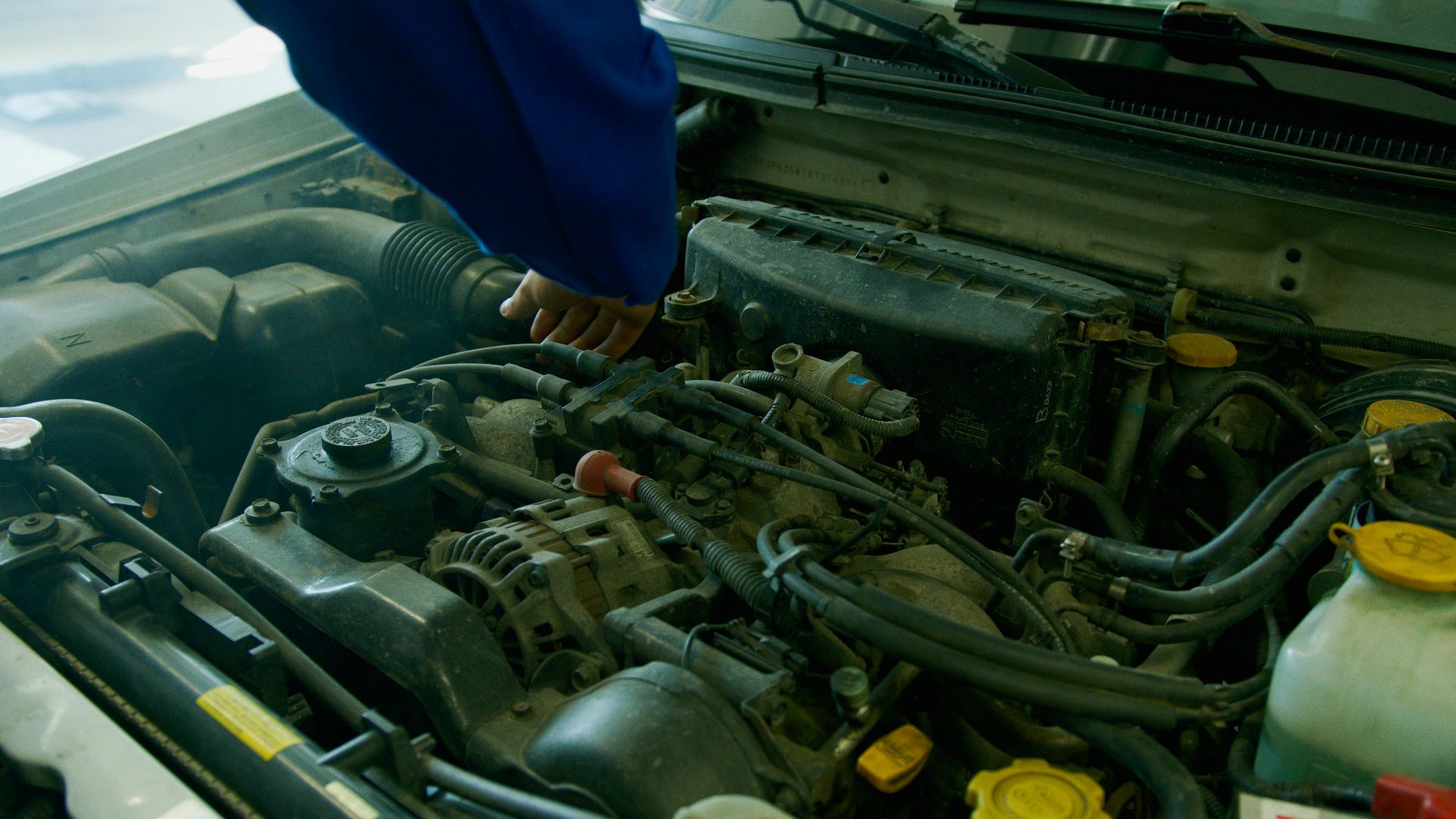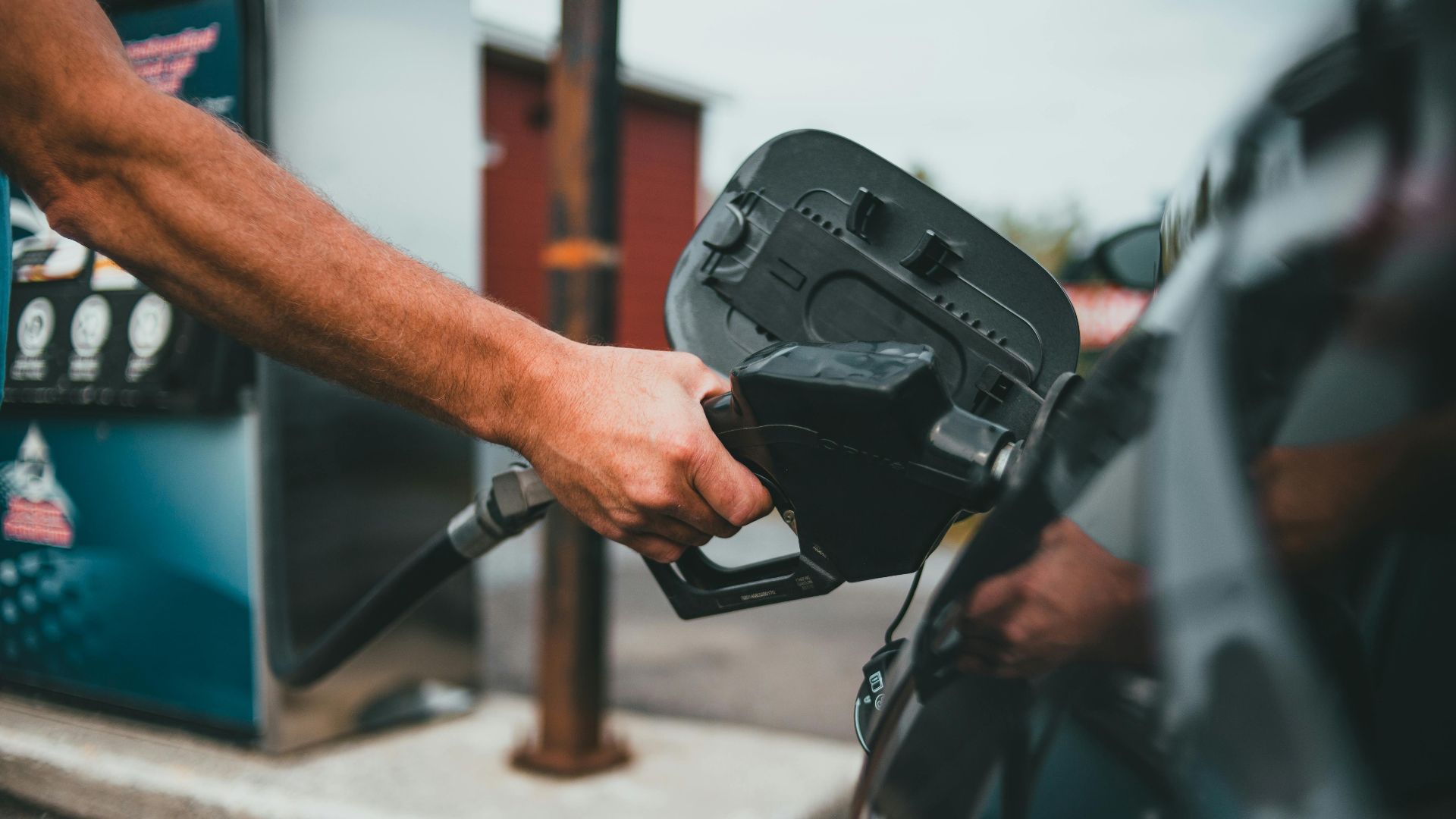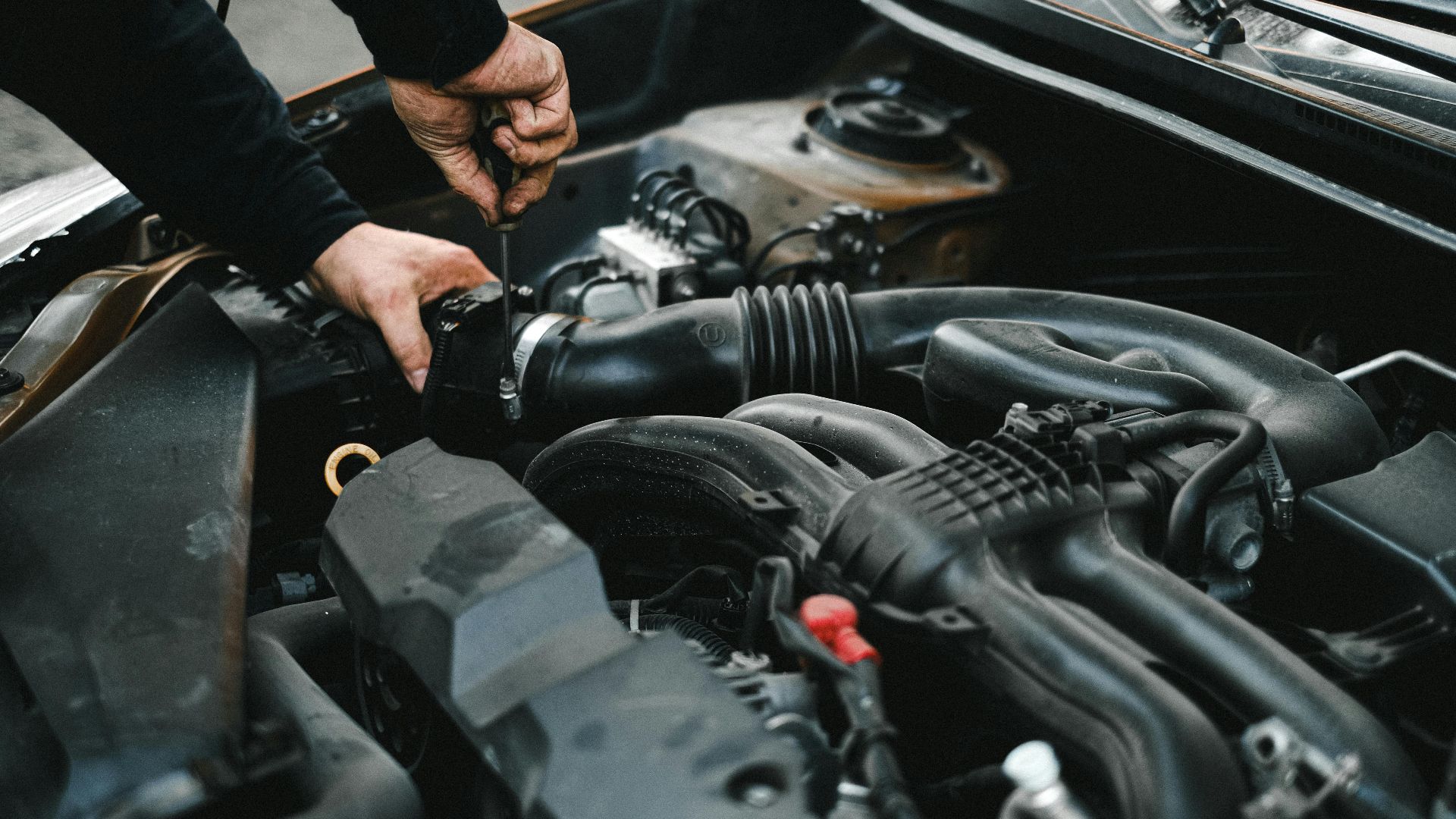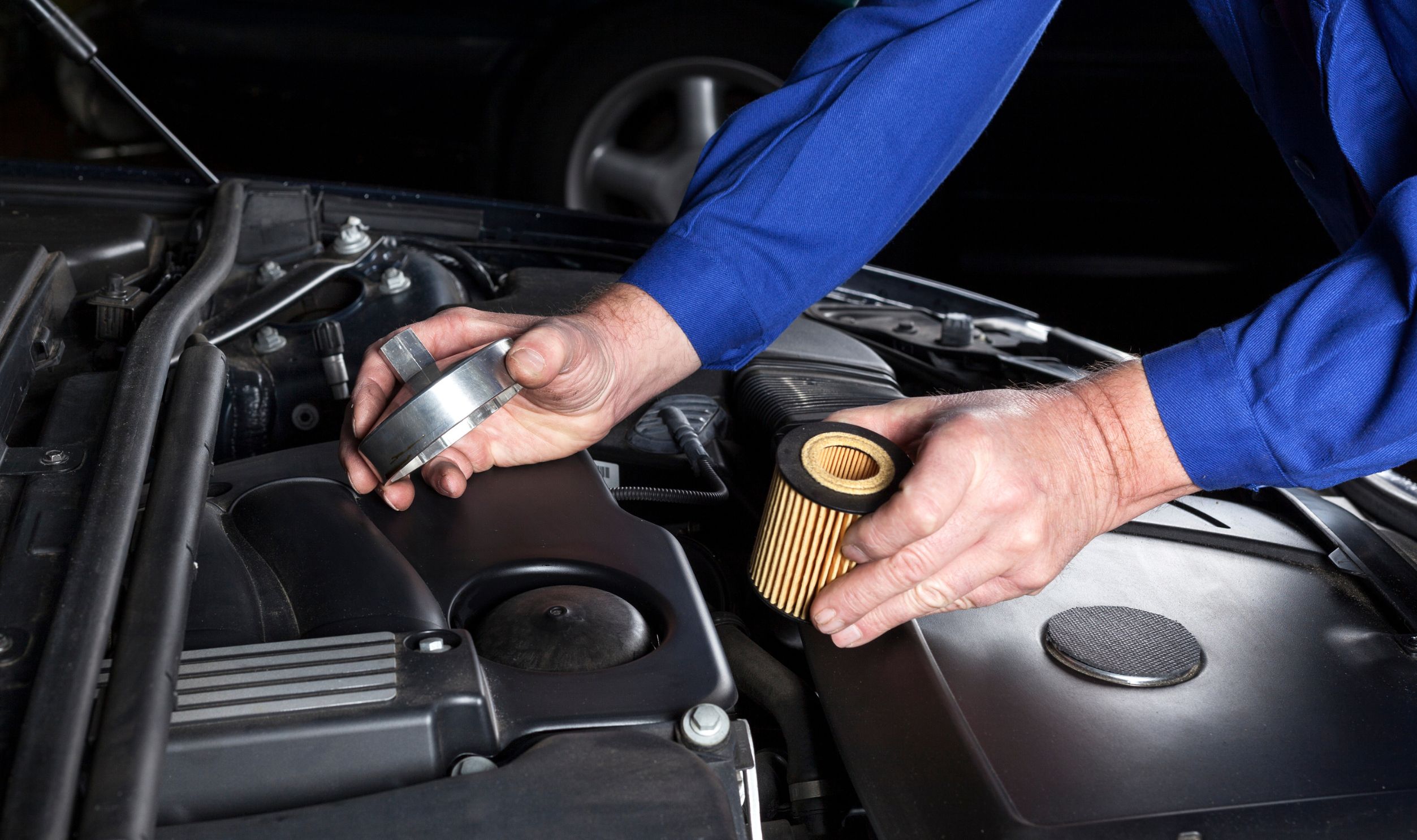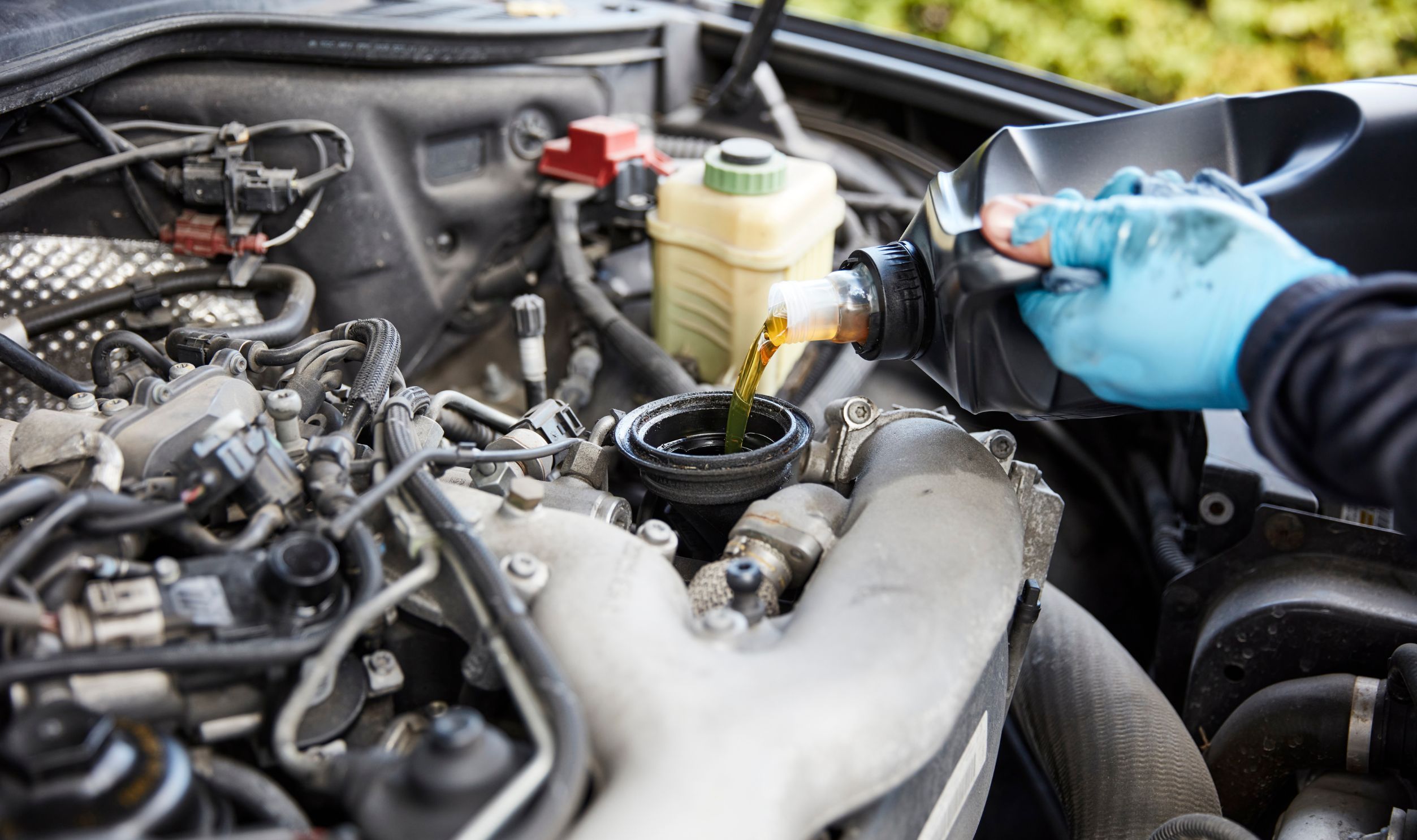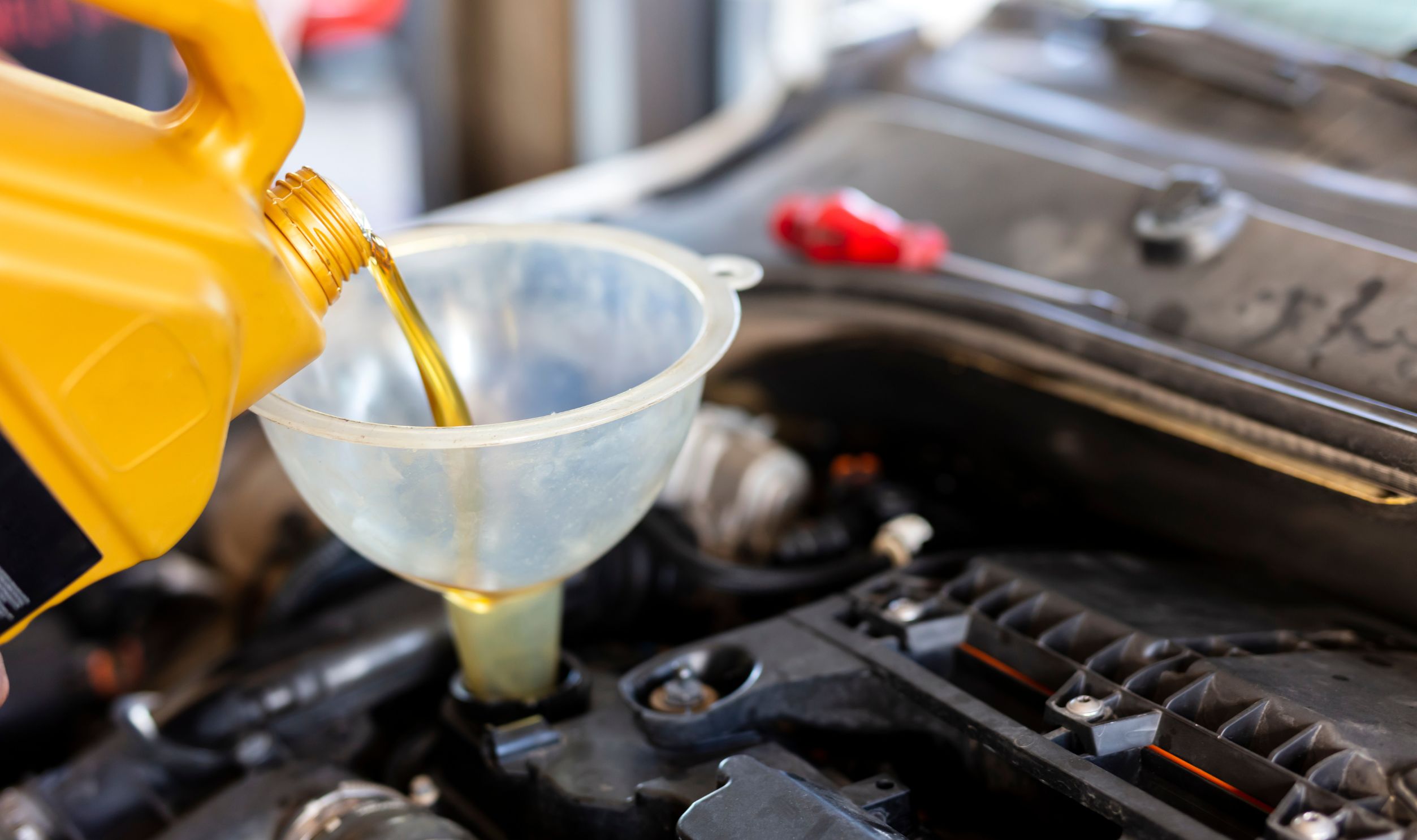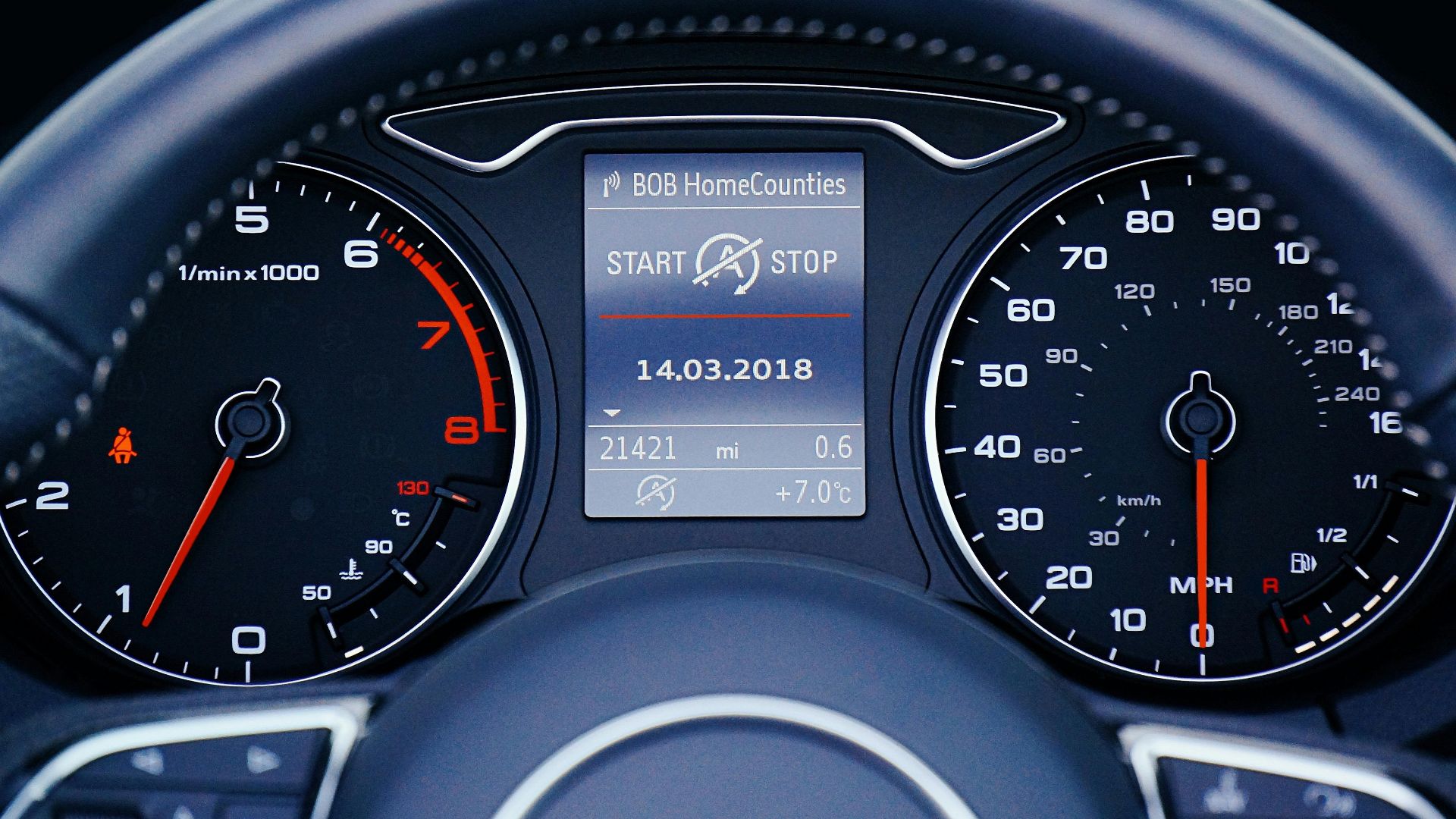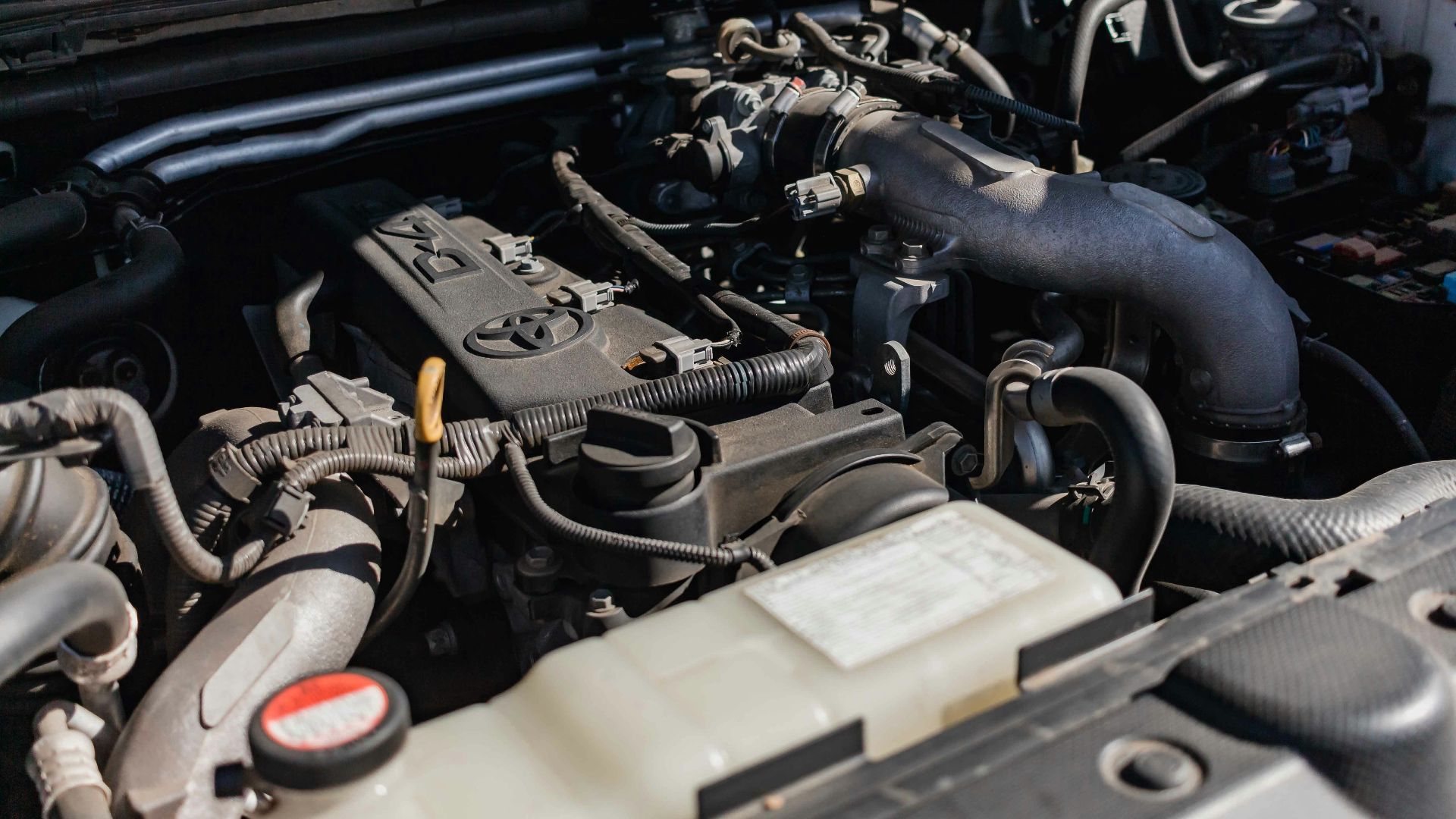Ever thought about skipping your oil change?
Maybe you think skipping it saves money or time. The truth is, not changing your oil is one of the worst things you can do to your car. It might seem fine at first, but you’ll be in for some big, ugly surprises later. Let’s see exactly what happens if you just never change it.

Oil is the Lifeblood of Your Engine
Oil is basically your engine’s best friend. It keeps all the parts moving smoothly, stops them from grinding together, and helps keep everything cool. If you never change it, that oil turns into a dirty mess that can’t do its job. Before you know it, your engine starts to wear out way faster than it should, and things can go very wrong, very fast.
Fresh Oil vs. Old Oil
It's fairly easy to tell the difference between new oil and old oil. New oil is clear, smooth, and flows easily. Old oil is dark, thick, and full of junk like dirt and metal bits.
Over time, your oil turns into nasty sludge that can’t protect your engine. It’s kind of like trying to wash dishes with used, dirty water—it just doesn’t work. Clean oil keeps your engine healthy, while old oil slowly destroys it from the inside.
Overheating Nightmare
Your engine gets super hot when it’s running, and oil helps keep that heat under control. Dirty, old oil can’t cool things down like it should, so your engine starts running hotter and hotter. Too much heat can actually warp parts, ruin gaskets, or even crack the engine. Fixing that kind of damage easily costs a fortune—or worse, might mean you need a whole new engine.
Sludge: The Silent Killer
When you never change your oil, it eventually turns into thick sludge. This sludge blocks up oil paths inside your engine, stopping oil from reaching the parts that need it most. Without oil, those parts grind and break down fast. Sludge is like cholesterol clogging your arteries—and just like in your body, it can totally shut things down if left alone.
Bye-Bye Fuel Economy
If your engine has to work harder because of old, dirty oil, it uses more gas. You might think you’re saving money by skipping oil changes, but you’ll end up spending way more on fuel. A clean, well-lubed engine runs smoother and uses less gas. So if you like fewer trips to the gas station and saving money, keeping up with oil changes is a no-brainer.
Reduced Performance: Sluggish & Slow
When your oil is old and dirty, your car feels sluggish and unresponsive. It might not accelerate like it used to, or it might feel rough when driving. This is because the engine is struggling to move its parts without proper lubrication. If you want that smooth, peppy feel, don’t ignore oil changes.
Warranty? Consider It Voided!
Got a new car warranty? Forget about it if you don’t change your oil. Car makers require you to do regular maintenance, including oil changes, to keep that warranty valid. If they see you skipped oil changes, they’ll refuse to cover engine repairs. You’ll be on your own, paying thousands of dollars out of pocket. Following the schedule is way cheaper than risking a voided warranty.
Engine Wear: Faster Than You Think
Your engine is made of metal parts moving super fast. Without clean oil, these parts scrape and grind, wearing out much quicker than normal. You might start hearing weird knocking sounds or lose power. Over time, parts break down so badly that the whole engine can fail. Regular oil changes help avoid this, letting your car last much longer and saving you big repair bills.
Costly Repairs Down the Road
Skipping oil changes might seem like an easy way to save money today, but it can turn into a nightmare later. Replacing an engine can cost $4,000 or more. A new car? Even more. Compare that to a $50 oil change — it’s a pretty easy choice. Changing your oil is one of the cheapest and smartest ways to keep your car running well and avoid massive future costs.
Oil Filter: The Unsung Hero
Something to remember is that when you change your oil, you should always change the oil filter too. The filter catches dirt, gunk, and metal bits so they don’t keep circulating through your engine. If you skip changing it, all that stuff goes right back in, making the oil dirty faster. A clean filter helps your oil do its job and keeps your engine happy. Don’t forget this small but super important step.
How Often Should You Change It?
Most cars need an oil change every 5,000 to 7,500 miles, but it really depends on your car and the type of oil you use. Some newer cars and synthetic oils can last up to 10,000 miles. Always check your owner’s manual for the exact schedule. Don’t just guess or follow old advice. Sticking to the right interval will keep your engine in top shape and save you stress later.
Synthetic vs. Conventional Oil
Synthetic oil is made to last longer and handle heat better than regular oil. It’s great if you do a lot of driving or live where it gets really hot or cold. Conventional oil is cheaper—but needs to be changed more often. No matter which one you use, regular oil changes are still important.
Ask your mechanic what’s best for your car and your driving habits before you choose.
Signs You’re Overdue
Check your oil with the dipstick—if it’s dark and gritty, it’s time to change it. You might also hear louder engine sounds, notice a loss of power, or actually smell burning oil. And if your oil warning light comes on? That means you’re way overdue and need to fix it fast. Ignoring these signs can lead to serious engine damage that’s super expensive to repair.
Step 1: Gather Your Tools
Want to change your oil yourself? Awesome. You’ll need a wrench, an oil filter wrench, a drain pan, funnel, gloves, rags, new oil, and a new filter. Find a flat spot to work and maybe grab your owner’s manual for reference. It might get messy, but it’s a great way to save money and learn more about your car. Having the right tools makes it way easier and safer.
Step 2: Drain the Old Oil
Start by running your engine for a few minutes so the oil warms up—this will make it drain easier. Turn the car off, put on gloves, and slide your drain pan under the oil pan. Carefully remove the drain plug and let all the old oil drain out. This may take some time. And be careful—it can be hot. Once it’s empty, clean the plug and get ready for the next step. Take your time so you don’t make a big mess.
Step 3: Swap the Filter
Next, remove the old oil filter using the oil filter wrench. Some oil might spill, so keep that drain pan close. Before you install the new filter, rub a little fresh oil on its rubber seal to help it fit properly. Screw it on by hand until it’s snug. Don’t crank it too tight, or it could be tough to remove next time.
A new filter is key for keeping your new oil clean.
Step 4: Add Fresh Oil
Now, put the drain plug back in and tighten it. Use a funnel to pour in the fresh oil, checking your owner’s manual for the right type and amount. After you fill it up, start your car and let it run for a minute. Turn it off, wait a bit, and check the oil level with the dipstick. Add more if needed. Wipe everything down and make sure there aren’t any leaks before you’re done.
Step 5: Recycle the Old Oil
First things first, don’t just toss old oil in the trash or down a drain—it’s really bad for the environment. Pour it into a sealed container and take it to a local auto parts store or a recycling center. Most places will take it for free. Properly recycling oil keeps harmful stuff out of rivers and soil. It’s a small effort that makes a big difference for the planet and keeps you out of trouble.
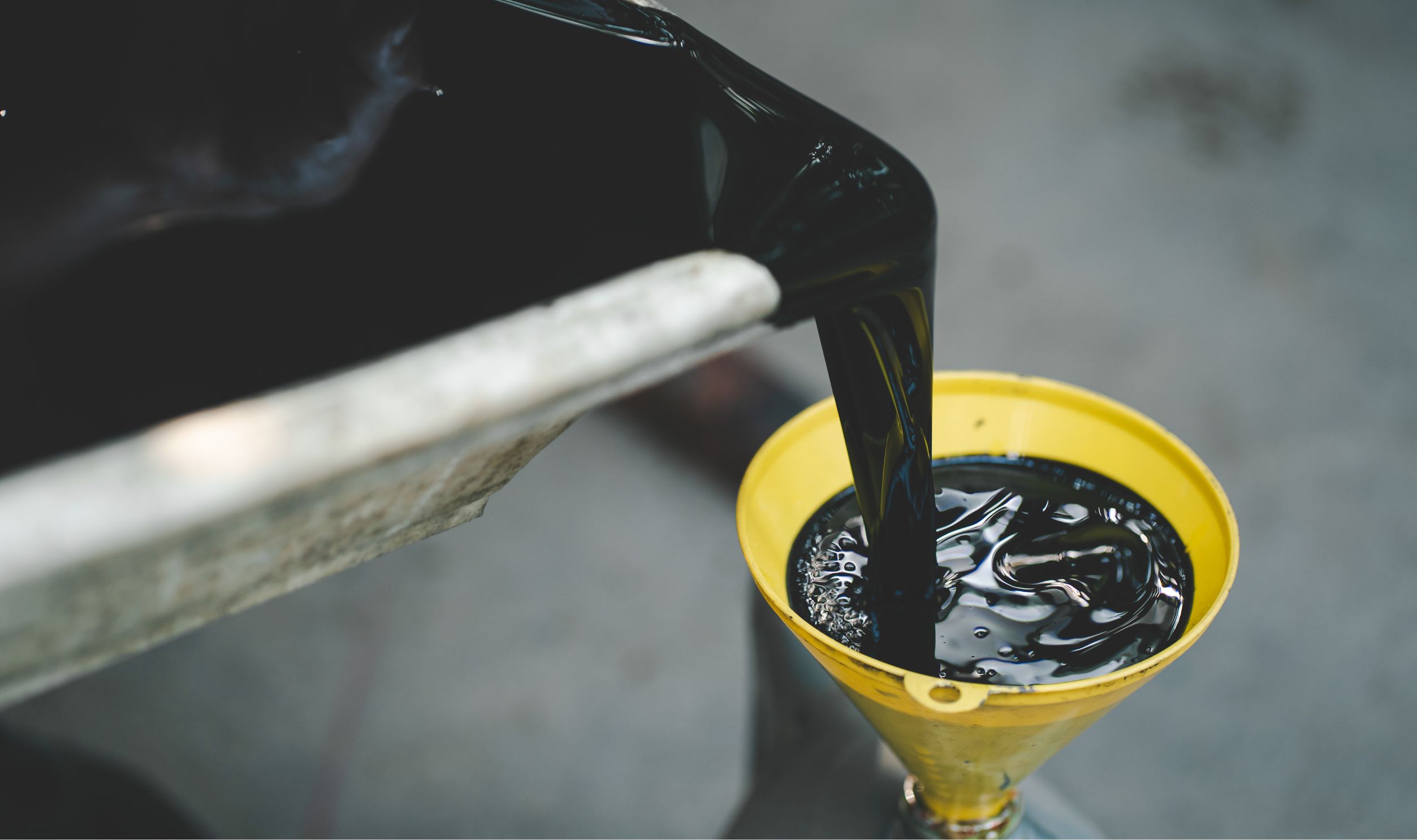 Wongsakorn Napaeng, Getty Images
Wongsakorn Napaeng, Getty Images
Don’t Forget to Reset!
If your car has a maintenance light or oil life monitor, don’t forget to reset it after you finish. This usually involves pushing a button or going through a menu in your dashboard. Once again, your owner’s manual will have this information. Resetting it makes sure you get a proper reminder next time and helps you keep track of your oil changes. It’s an easy last step that lots of people forget to do.
Keep a Record
Write down the date and mileage every time you change your oil. You can keep a small notebook in your glove box or use a phone app. This helps you stay on schedule and proves you took care of your car if you ever sell it. Buyers love seeing a good maintenance record and it can help you get a better price. Staying organized with your oil changes pays off big in the long run.
Your Engine Will Thank You
Changing your oil regularly is one of the best things you can do for your car. It keeps your engine running strong, helps it last longer, and saves you from huge repair bills. You’ll get better gas mileage and your car will feel smoother and more reliable. It might seem like a hassle now and then, but your engine (and your wallet) will thank you every single mile down the road.
You May Also Like:
The Ultimate Guide to Tire Maintenance
DIY Car Maintenance That Anyone Can Do
Steer Clear Of These Costly Car Maintenance Mistakes


